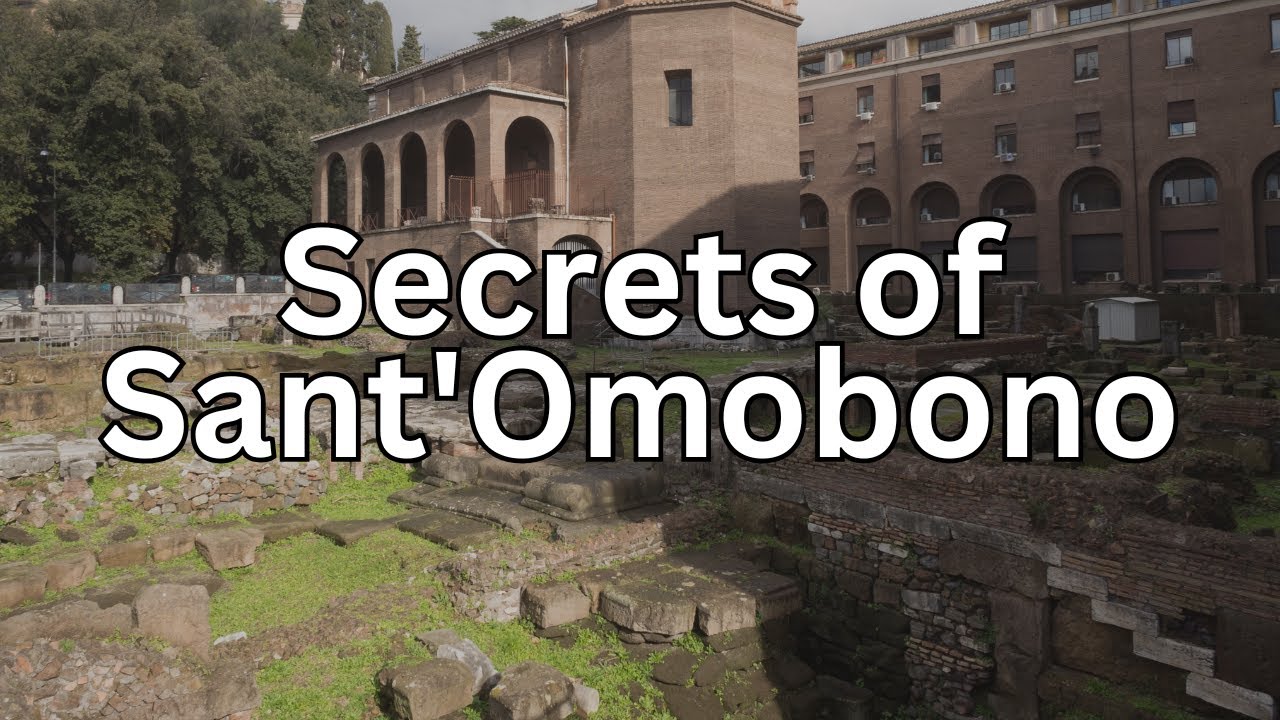Start with our video overview:
The complex of S. Omobono, dedicated to Fortuna and Mater Matuta, gives some of the best insights into earliest Rome and its initial fortunes through commerce and trade from traffic along the Tiber River. Recent studies by the University of Michigan, Ann Arbor and Universita’ di Calabria are re-evaluating the site and unpublished remains as well as conducting new investigations.
The sanctuary was revealed during Fascist urban works in the 1930s. The original archaic sanctuary was found below the water table, the remains of which are now on display in the Capitoline Museums. The later 4C Republican dual temple sanctuary rests one a tuff platform 47 X 47 meters. Archaic-style u-shaped altars (4-3C BC) are visible in front of each temple, one of which was transformed into the church of S. Omobono (12C). The other only has its cella wall preserved. There were many modifications and additions to the site ,most notably the Hadrianic-era travertine pavement and the insertion of brick-face shops to the back of the complex, 3C AD.
Explore further:
This content is brought to you by The American Institute for Roman Culture, a 501(C)3 US Non-Profit Organization.
Please support our mission to aid learning and understanding of ancient Rome through free-to-access content by donating today.
Cite This Page
Cite this page as: Darius Arya, The American Institute for Roman Culture, “Sacred Area of Sant’Omobono” Ancient Rome Live. Last modified 11/11/2019. https://ancientromelive.org/sacred-area-of-santomobono/
License
Created by The American Institute of Roman Culture, published on 11/11/2019 under the following license: Creative Commons: Attribution-NonCommercial-ShareAlike. This license lets others remix, tweak, and build upon this content non-commercially, as long as they credit the author and license their new creations under the identical terms. Please note that content linked from this page may have different licensing terms.




